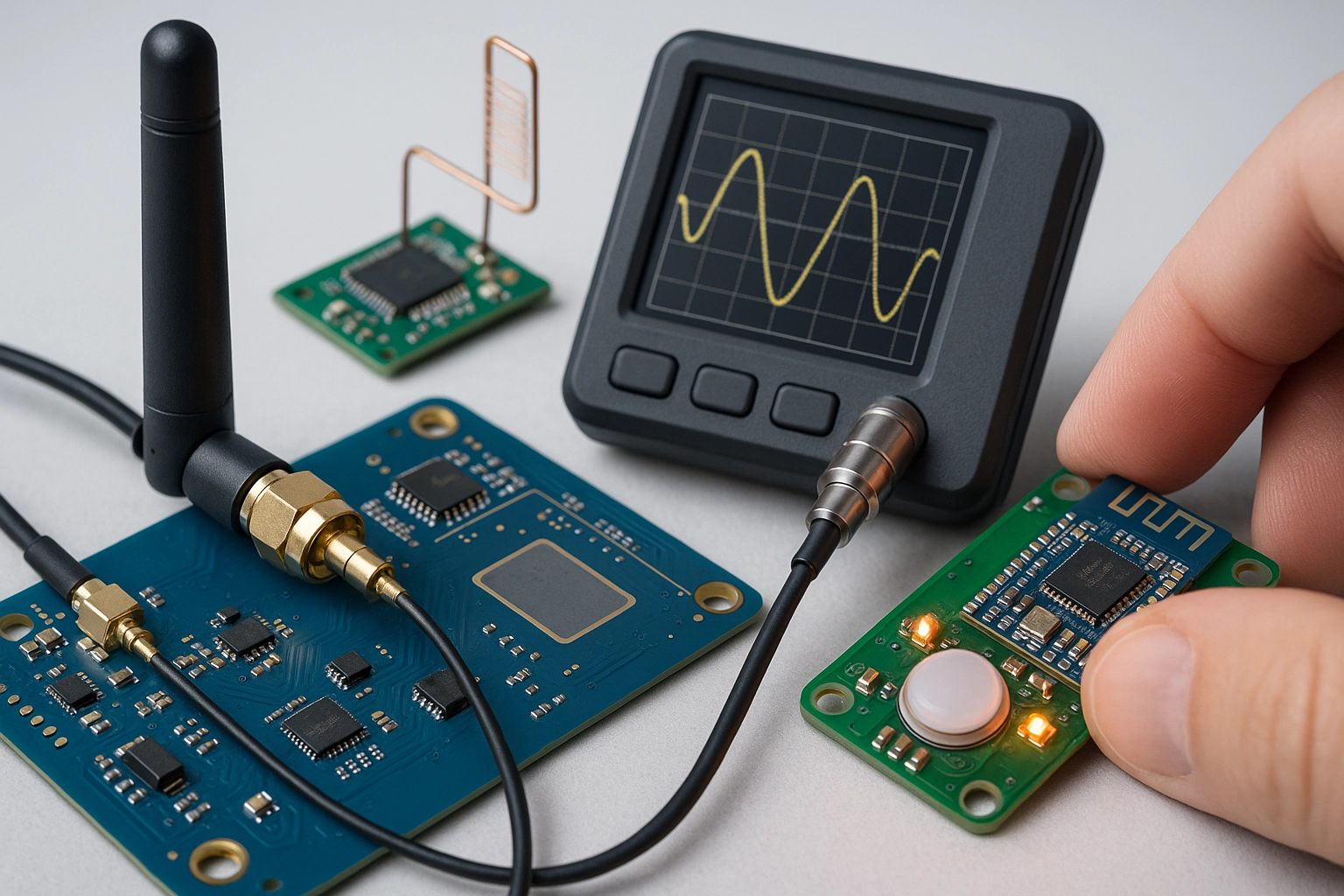ETSI EN 302 571 Intelligent Transport Systems Radio Communication Test
The ETSI EN 302 571 standard defines the technical specifications and test procedures for radio communication equipment intended to be used in intelligent transport systems (ITS). ITS encompasses a wide range of technologies designed to improve traffic safety, efficiency, and environmental performance. This testing is critical for ensuring that wireless devices meet stringent performance criteria necessary for seamless integration into modern transportation networks.
The scope of this test covers various aspects such as interoperability between different ITS components, signal strength, interference immunity, and compliance with international standards. Compliance with ETSI EN 302 571 ensures that the radio communication equipment is reliable under real-world conditions, which is particularly important in environments where multiple devices need to communicate effectively.
Automotive manufacturers rely heavily on this standard for developing advanced driver-assistance systems (ADAS), connected vehicles, and other ITS applications. Ensuring compliance helps to mitigate risks associated with potential interoperability issues or performance failures that could compromise safety and functionality. For quality managers and R&D engineers, understanding the nuances of these tests is crucial in ensuring product readiness before market release.
The methodology involves several key steps aimed at evaluating different facets of radio communication equipment performance. These include environmental testing to simulate various operating conditions, interference testing to assess immunity against external signals, and functional testing to verify correct operation under specified parameters. The standard also emphasizes the importance of robust documentation supporting test results, which aids in regulatory compliance.
One of the primary goals of this testing is to ensure that equipment functions reliably across diverse environments. This includes urban settings with dense networks, rural areas with limited infrastructure, and dynamic conditions where signals can fluctuate significantly. By adhering strictly to ETSI EN 302 571 standards, manufacturers can demonstrate compliance and build trust among users who rely on these systems for critical applications.
In summary, the ETSI EN 302 571 Intelligent Transport Systems Radio Communication Test plays a vital role in ensuring that wireless communication devices used in intelligent transport systems perform reliably under real-world conditions. This is essential not only for automotive manufacturers but also for infrastructure providers and other stakeholders involved in ITS development.
Scope and Methodology
The scope of the ETSI EN 302 571 test encompasses a variety of critical aspects related to radio communication equipment used in intelligent transport systems. Key areas include interoperability, signal strength, interference immunity, and compliance with international standards.
- Interoperability Testing: Ensures that different ITS components can communicate effectively without issues. This involves testing devices from various manufacturers under controlled conditions to ensure seamless integration.
- Signal Strength Evaluation: Measures the strength of transmitted signals to ensure they meet specified thresholds for reliable communication over long distances or in densely populated areas.
- Interference Immunity Assessment: Tests how well devices can operate in environments where there are multiple wireless signals. This helps identify potential sources of interference that could degrade performance.
The methodology typically involves rigorous laboratory testing followed by field trials to validate results under real-world conditions. Laboratory tests provide controlled environments for precise measurements, while field trials offer insights into how equipment behaves in actual usage scenarios.
Compliance with ETSI EN 302 571 requires adherence to specified test procedures and acceptance criteria outlined in the standard. Rigorous documentation supporting all testing results is mandatory to ensure transparency and traceability throughout the process.
Quality and Reliability Assurance
- Consistent Performance: Ensures that equipment maintains its performance levels across different environments, ensuring reliability even in challenging conditions.
- Interoperability Verification: Confirms that devices from various manufacturers can work together seamlessly, enhancing overall system functionality.
The quality assurance process for ETSI EN 302 571 involves several stringent steps aimed at maintaining high standards. These include thorough testing procedures and strict adherence to acceptance criteria specified in the standard. Documentation plays a crucial role here, as it provides evidence of compliance with all required tests.
Rigorous quality control measures ensure that only equipment meeting all specified requirements is released for commercial use. This not only enhances reliability but also builds trust among users who depend on these systems for critical applications.
For manufacturers and suppliers involved in ITS development, maintaining strict adherence to ETSI EN 302 571 ensures consistent performance across different devices. This is particularly important given the diverse operating conditions encountered in real-world environments.
Customer Impact and Satisfaction
The impact of ETSI EN 302 571 testing extends beyond mere compliance; it significantly enhances customer satisfaction by delivering reliable, high-performance radio communication equipment. For users involved in intelligent transport systems, having dependable devices means better service delivery and improved safety measures.
- Enhanced Safety: Reliable communication ensures that all ITS components function correctly, reducing the risk of accidents caused by miscommunication or system failures.
- Better Service Delivery: Dependable equipment improves overall performance of transportation networks, leading to more efficient operations and enhanced user experience.
Rigorous testing under ETSI EN 302 571 helps build trust among users who rely on these systems for critical applications. Compliance with this standard not only meets regulatory requirements but also sets a benchmark for excellence in ITS technology.
For quality managers and compliance officers, ensuring adherence to this standard is crucial in maintaining high standards of reliability and performance. By doing so, they contribute significantly to enhancing customer satisfaction by delivering top-notch products that meet or exceed expectations.





